Author says American cats’ history mirrors that of its people
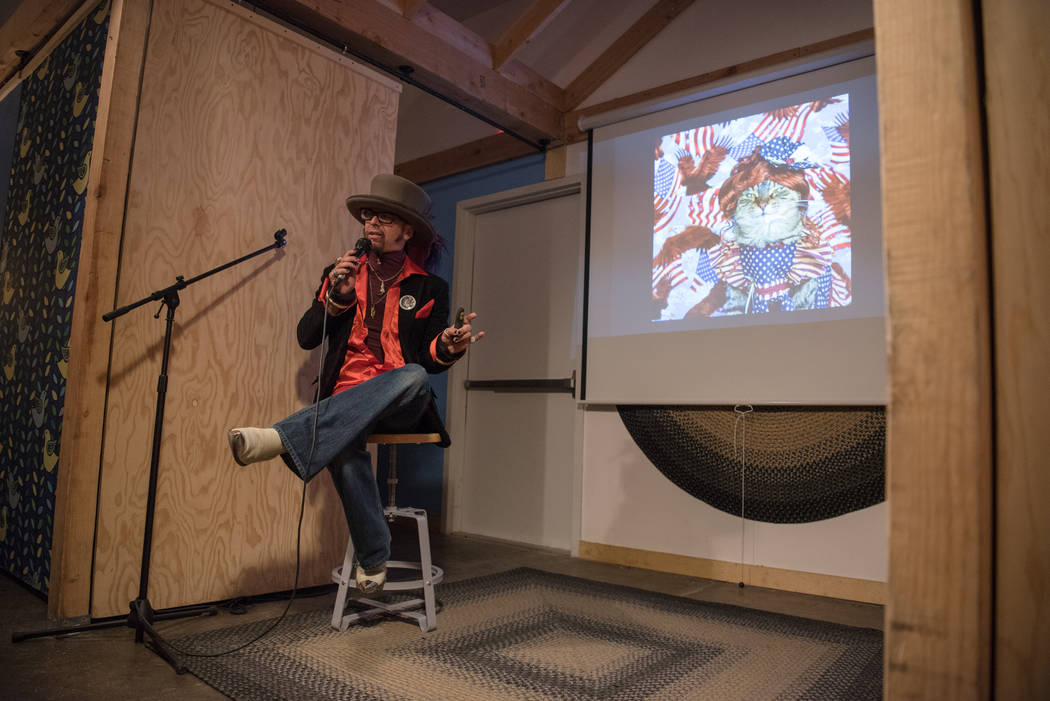
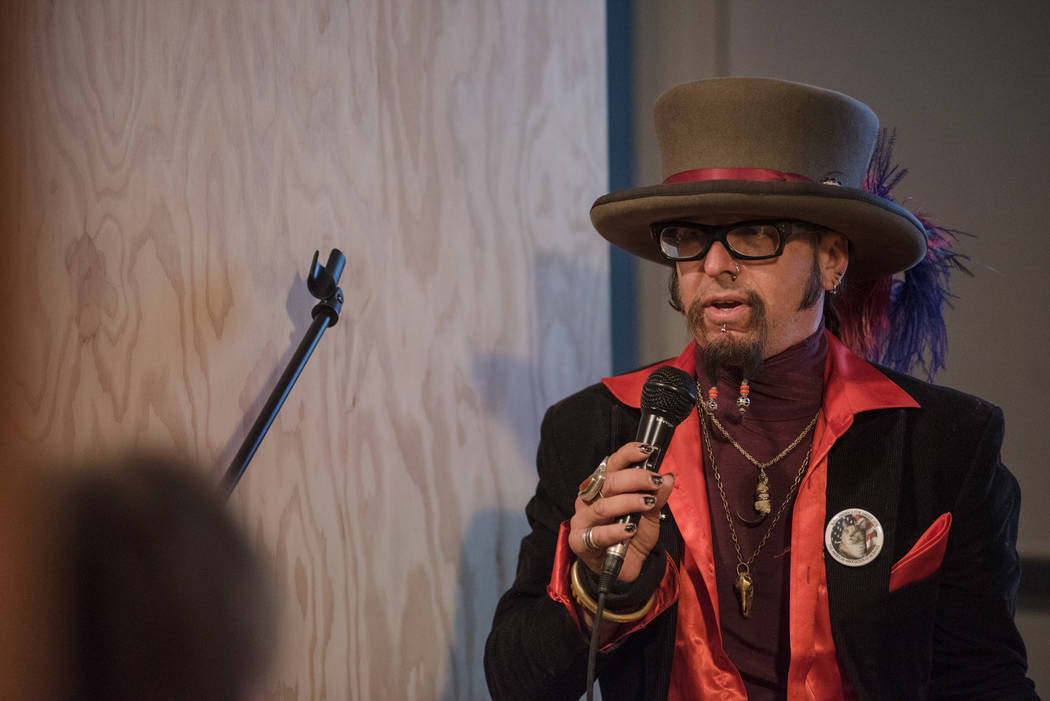
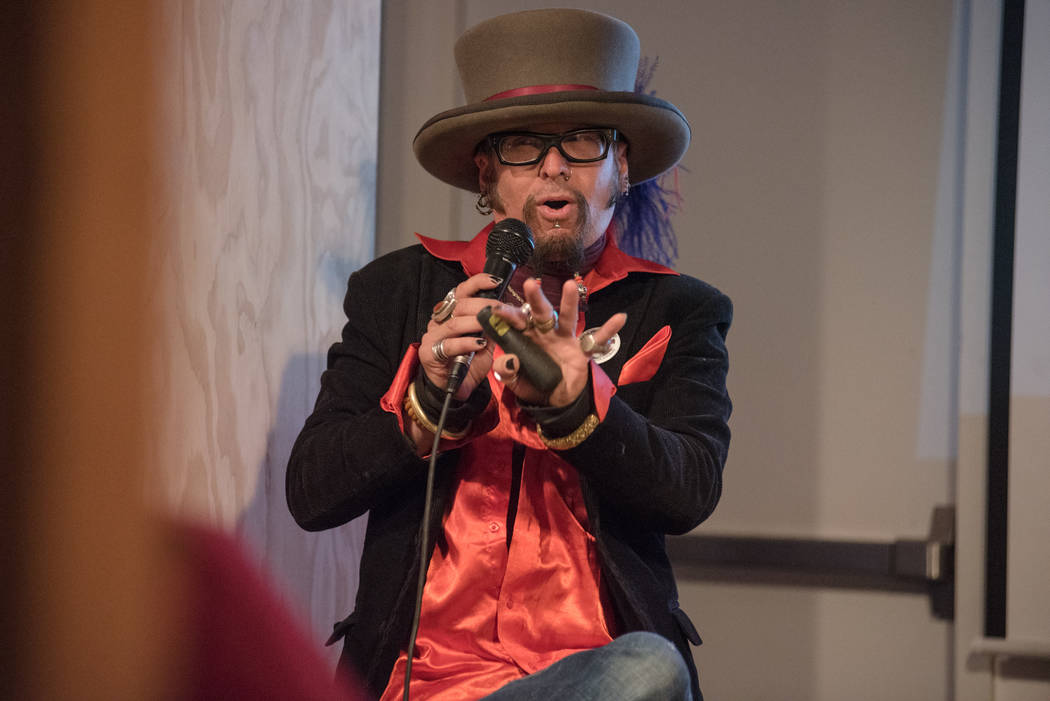
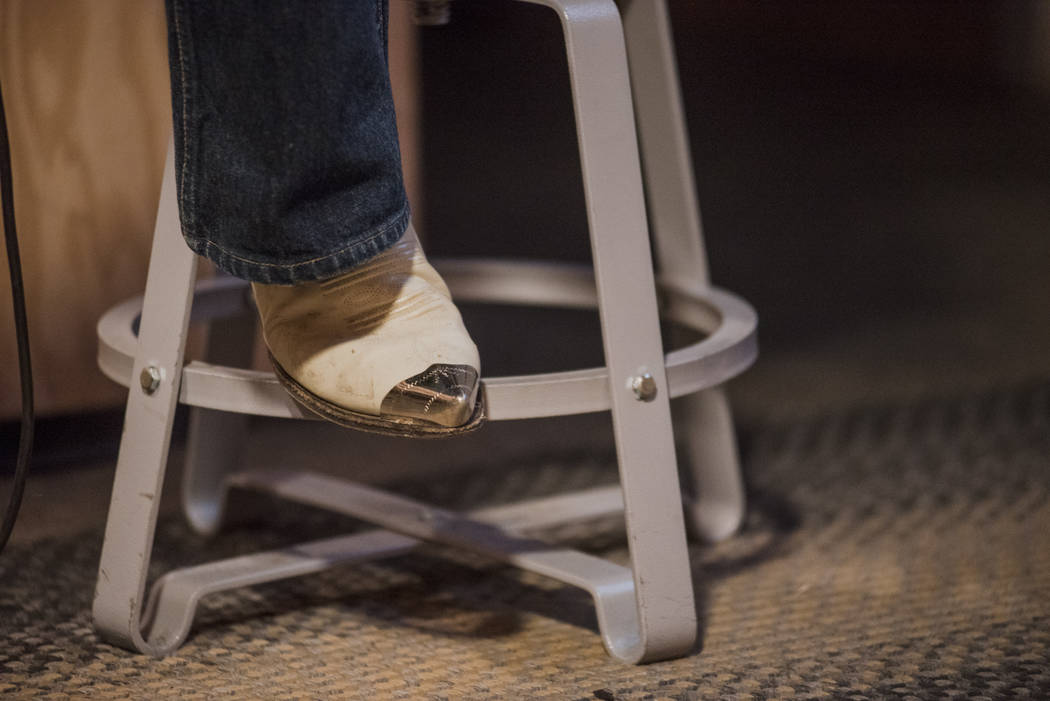
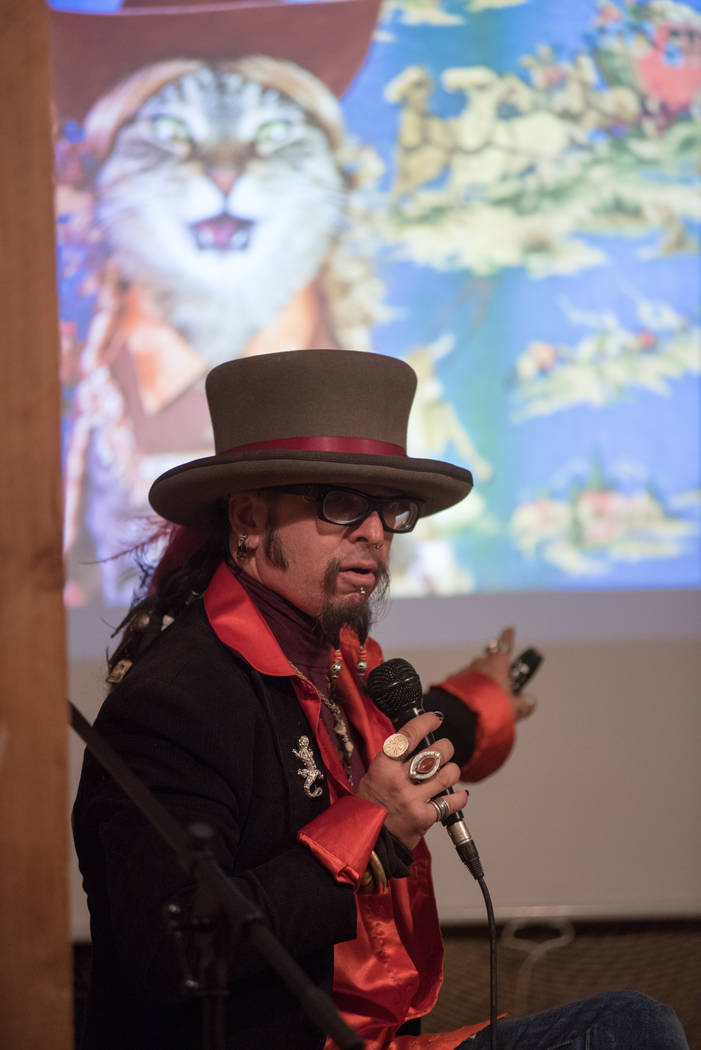
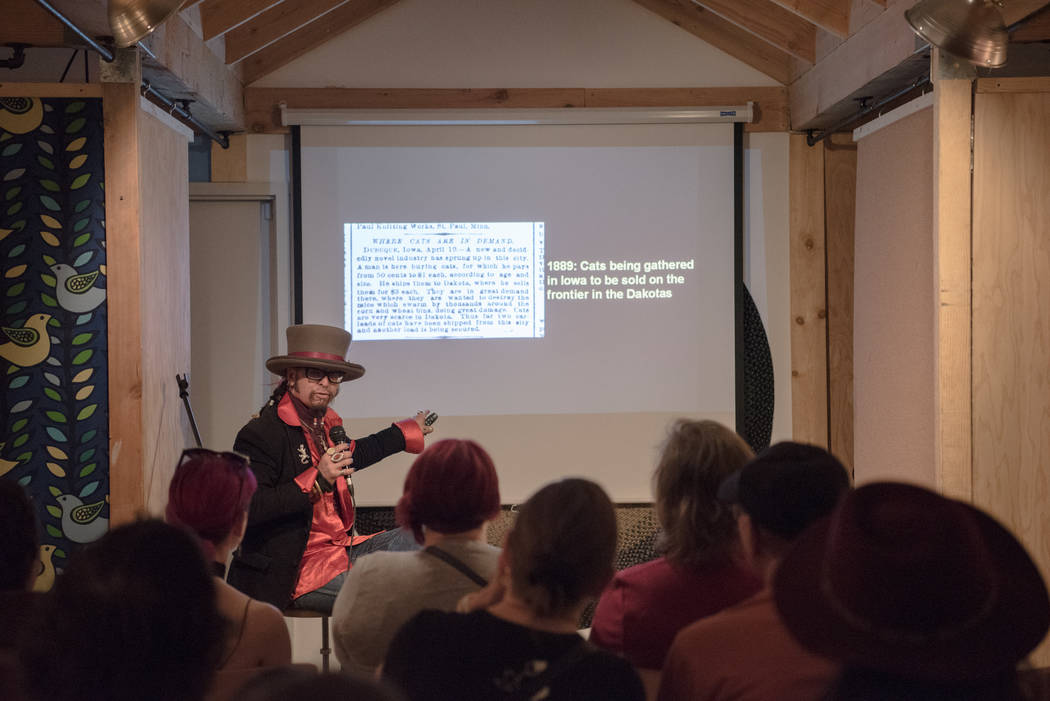


Today is Independence Day, when Americans celebrate their evolution from subjects of the British Crown (“Cheers”) to freedom-loving, independent Americans (“Yo”).
And as you ponder today about how we got from there to here, consider the family cat — yes, that panic-stricken furball running laps around your living room to the aural accompaniment of your neighbors’ illegal fireworks — and his, or her, American evolution, too.
Paul Koudounaris has spent lots of time doing just that. And, as he sees it, the American cat “mirrors the story of the American people in an extraordinary way.”
They, like us, began as misfits in a far-off land. They, like us, survived an arduous journey to a new home on a new continent. And they, like us, have forged an identity and a character that’s distinctly American.
A different breed
Koudounaris, a Los Angeles-based historian, author and researcher, offered his take on the history of the Great American Cat on Friday during a presentation at The Writer’s Block. His interests include topics ranging from the way in which cultures deal with death to animal history, and says his musings on American feline history are an outgrowth of his research about pet cemeteries.
Koudounaris believes “American cats” are “American” for reasons beyond where they happen to live. Rather, he says, American cats, just like American people, are “kind of a mixed bag. They’re of mixed descent. A little bit of this and a little bit of that.”
American cats may have been born in cardboard boxes or under the stairs, yet “have this weird belief that the world is theirs for the taking,” Koudounaris says. While they’re as tough and scrappy and independent as an animal can be, they’ll also bond with humans fully and unconditionally when they choose to do so.
And, just like American people, he says, American cats have been “subject to the social forces around them that helped create and shape them.”
Consider that, in pre-America Europe, cats were considered vermin, “bad animals” often associated with witchcraft and evil, whose only saving grace was their ability to kill rodents, Koudounaris says. “Deliverance for European cats came the same way it came for all the other misfits in Europe: It came with the Age of Exploration.”
When European settlers boarded ships for the New World, “cats were on the ships, too,” Koudounaris says, noting that all vessels of the era sailed with cats aboard in order to keep them rat-free and protect the food and provisions they carried.
And when the ships arrived in America, those immigrant cats — just like those human settlers — disembarked and created new lives and new identities on a new continent.
Utilitarian beginnings
Luckily, early settlers had a keen appreciation for the utility cats offered. For example, the cat door “was invented by American farmers in the 18th century so stray cats could come in the house and catch rodents for them,” Koudounaris says.
The U.S. government would c0me to see cats’ utility, too. Koudounaris says the U.S. government was the first to include in its national budget money for cats to protect mail from nibbling vermin, while military garrisons budgeted for cats to protect provisions, giving cats “a place in American society, something they never had in Europe.”
When settlers migrated to the West, cats went along. Cowboys “often traveled with cats on their saddle,” Koudounaris says, again for the animals’ utilitarian value in protecting provisions from rats and mice.
But, at the same time, “something important is happening,” Koudounaris says: The cowboys discovered that a cat also “can be a true companion.”
The evolution of the cat from working animal to pet was hastened by the avant garde set in the West, particularly writers and painters and artists who “saw the cat as something a dog could never be. There’s something mysterious, something secretive about a cat. They decide, ‘This is a muse.’ “
Fame arrives
By the 1920s, America was seeing its first wave of celebrity cats. Jerry Fox, a political mascot of the borough of Brooklyn, was notable for the fact that he wore glasses. Koudounaris notes that when the cat died — possibly after having having lost his glasses and falling into a hole — he was the subject of a hyperbolic front-page newspaper obituary.
But, he continues, “there’s something going on in all of this hyperbole: They turn him into a caricature. Jerry Fox is no longer just a cat. He becomes a personality. He’s crossed the line from cat to celebrity. Jerry Fox was the first cat who ever became a personality. That’s why I’m calling him the most important cat in America.”
Americans met another celebrity in Kiddo, a cat that was on the airship America during a failed trans-Atlantic crossing attempt. Koudounaris notes that Kiddo didn’t take well to the trip, prompting a crew member — making the first-ever airship-to-shore radio communication — to ask a crew member on the ground to “come and get this (expletive) cat!”
The failed crossing, humiliating for humans, made Kiddo famous. Koudounaris says Kiddo went on a national tour, earning $2,000 a week. Kiddo later would die in another airship accident, but “what Kiddo started can’t be stopped,” he says. “The age of the cat is upon us.”
America also would see its first movie star cat in Pepper, a stray born underneath the stage of film pioneer Mack Sennett’s studio, who made 17 credited film appearances and appeared with such stars as Fatty Arbuckle and the Keystone Kops. And when World War II came, cats fought alongside human sailors — reprising their early sailing days — and soldiers.
Extraordinary cats
During the 1950s, cats were honored in a cat food company’s award program for cats that “do extraordinary things,” Koudounaris says. Among the recipients: A cat that became a seeing-eye cat for a visually impaired dog; a cat that served as a surrogate mother to a family of baby opossums; and a cat that put out a kitchen grease fire by urinating on it.
One of Koudounaris’ upcoming projects is incorporating the research he’s done and the stories he’s unearthed in a cat-centric history ostensibly written by his own cat, Baba.
“When you hear these stories, it’s, ‘My god, why don’t we know about this history?’ ” he says. “These animals did so much for so many people and had such a fascinating (impact) in our lives in ways we don’t understand, and we take it for granted.”
Contact John Przybys at reviewjournal.com. or 702-383-0280. Follow @JJPrzybys on Twitter.
One memorable cat
Out of all of the cats he has come to know, there’s just one that, author Paul Koudounaris says, “represents the quintessence of what it means to be an American cat, whose story is so perfectly and beautifully American that it encapsulates the American cat’s experience from the time they sailed on ships until now.
“That cat, for me, is Room 8.”
Room 8 was a gray-and-white street cat that showed up one day in 1952 in a sixth-grade classroom at Elysian Heights Elementary School in Los Angeles. The stray “ransacked everybody’s lunch while the kids were at recess,” he says, but the cat had “an endearing quality to it.”
Room 8 became the class mascot and, eventually, the entire school’s. For 16 years, he’d head off into the nearby hills at the end of the school day and return the next morning. At the end of each school year, he’d disappear, showing up again when school resumed.
Room 8 inspired a book and the creation of a charitable foundation. Newspaper reporters covered his return each fall. By the time he died in 1968, he had received more than 10,000 fan letters.
Room 8 was “a tough, determined, smart survivor, a mix of a little bit of this and a little bit of that,” Koudounaris says.
“I call him the quintessential American cat. He was a cat from the street. He’s tough. But in the end, he chooses the people he wants to bond with.”


















